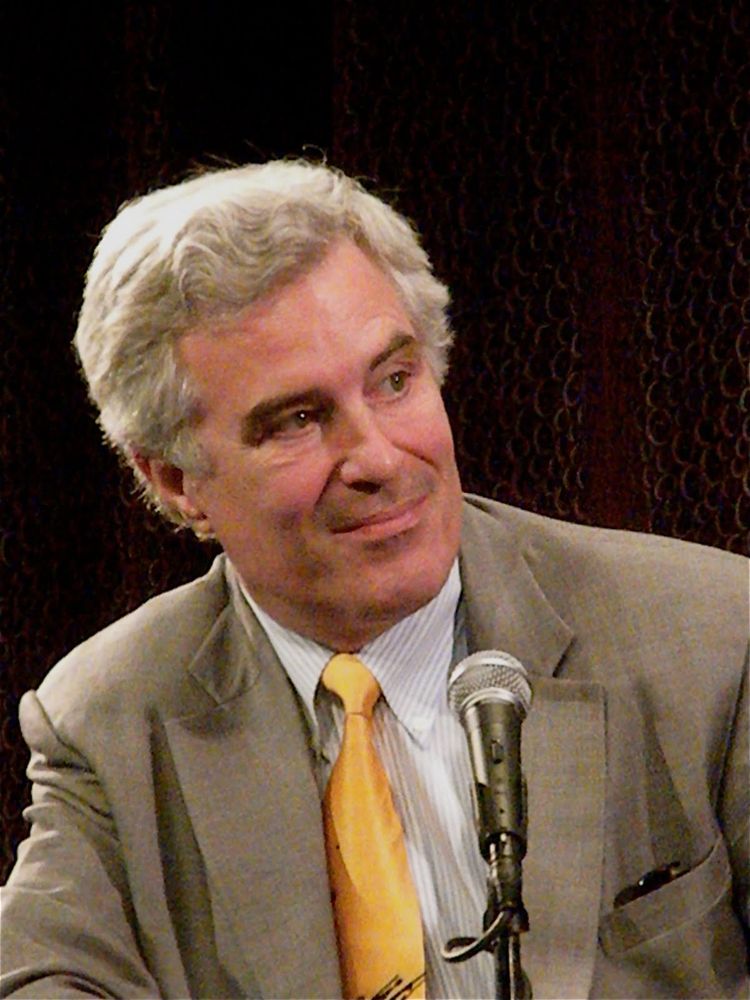

The Structural Shift to "Walkable Urbanism"
The building of the built environment (real estate and the infrastructure that supports real estate) is in the middle of a structural change, only comparable to the change that took place two generations ago following World War II but going in the opposite direction.
The structural change that occurred in the mid-20th century converted real estate development into a commoditized, formula-driven industry, based upon access by and parking of automobiles and trucks. I refer to this development as "drivable sub-urbanism" and it had substantial market support for decades. The real estate industry responded to this market demand and the results yielded many economic benefits in the then-dominant industrial economy. Yet we now know that it actually narrowed consumer options, consumed land at 6-8 times population growth and produced "could be anywhere" places, based upon the "19 standard product types". These drivable sub-urban formulas have been re-enforced by real estate finance, which has turned what for thousands of years was a 40-year asset class into a product with a 7-10 year life.
Since the mid-1990s, many consumers have been demanding different options to the "one-size-fits-all" drivable sub-urbanism. While single-family homes on large lots and strip commercial will be a significant part of the American landscape for decades to come, its supply has been overbuilt, dramatically depressing values and demand.
Many households and businesses want something different; "walkable urbanism". This is where most daily needs can be met within walking distance. The convergence of the rising Millennial generation and retiring Baby Boomers, over half the US population, are on the forefront of demanding the walkable urban alternative. This includes downtown and suburban downtown revitalization, New Urbanism, transit-oriented development, green field mixed-use development, regional mall redevelopment, among other new ways of building. Public policy responses that allow for and promote this kind of development include smart growth, balanced investment in all transportation modes, strategy and management of walkable urban places, impact fees that "level the planning field", affordable & workforce housing development and engaging in scenario planning for the sustainable economic development, social equity, public health and environmental future of metropolitan areas.
However, this structural change has and will face obstacles in light of the three “natural enemies” of walkable urbanism: crime, terrorism and pandemics. Walkable urban development flourished again in this country, starting in the mid-1990s, as a result of the decline in crime back to its 1950s levels, self-reinforced by the increasing number of people on the streets of our cities and urbanizing suburbs as a result of this trend. After the terrorists attacks in 2001 on New York City and Washington, DC there was much concern that people would retreat from walkable urban places, but just the opposite happened. The Covid-19 pandemic has completely shut down much of the benefits of walkable urbanism (restaurants, theaters, festivals, crowded sidewalks, shopping, etc.). There are gleeful proponents of drivable sub-urban development as the future of the country, once again. It is obvious that far more research will be done to determine if this pandemic is more prevalent in dense, walkable urban places, as many perhaps spuriously assume, or where the best places are to be comforted and healed in a pandemic. However, one would be foolish to think this structural shift toward walkable urbanism is over. Many have bet against walkable urbanism over the past 30 years and have lost.
There is and probably will be AC (After-Covid-19) substantial pent-up market demand for walkable urban development. Our research shows it will take 20-30 years to satisfy, given we only add 2% to the built environment in a good year…and we have been underbuilding walkable urban development for years due to walkable urban being illegal in the vast majority of our metro areas and NIMBY opposition.
Working with many like-minded people and institutions, we are formulating and implementing the next American Dream, in spite of the pandemic.